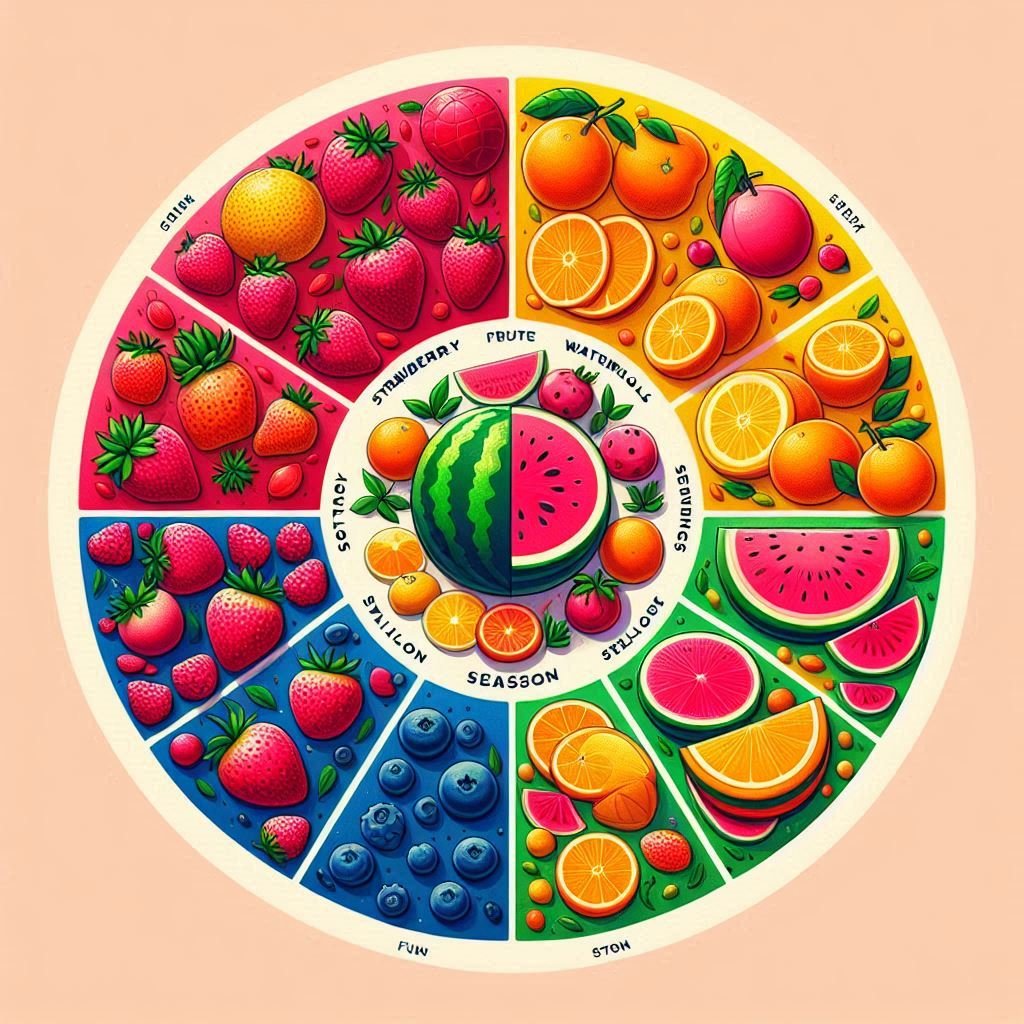Eating healthy doesn’t have to break the bank. There’s a common misconception that nourishing your body with wholesome, nutritious food requires spending a lot of money. However, with some smart planning and savvy strategies, it’s entirely possible to maintain a healthy diet while staying within your budget.
1. Plan Your Meals and Create a Shopping List

One of the easiest ways to save money while eating healthy is by planning your meals in advance. Having a clear plan helps you avoid impulse purchases and ensures that you buy only what you need. Start by planning your meals for the week and creating a detailed shopping list based on those meals.
Sticking to a list helps you avoid processed, packaged foods and unhealthy snacks that not only add up in cost but also detract from your nutritional goals. With a meal plan in hand, you can also strategize around sales or discounts at your local grocery store.
Pro tip: Plan meals that use similar ingredients so you can buy in bulk and reduce waste. For example, if you buy a head of broccoli, use it in multiple dishes like stir-fries, soups, and side salads.
2. Buy in Bulk

Bulk buying is a fantastic way to stretch your dollar while stocking up on healthy ingredients. Staples such as grains (rice, quinoa, oats), legumes (beans, lentils), nuts, and seeds are often available in larger quantities at a lower cost per unit. These items are versatile, nutritious, and have a long shelf life, making them ideal for budget-conscious shoppers.
Not only does buying in bulk reduce packaging waste, but it also allows you to have healthy food options on hand for longer periods of time, so you’re less likely to run out and grab takeout in a pinch.
Pro tip: Look for stores with bulk bins where you can buy exactly the amount you need, cutting down on both cost and food waste.
3. Choose Seasonal and Local Produce

Seasonal fruits and vegetables are not only fresher and more nutritious, but they’re also cheaper because they’re more abundant. When produce is in season, you can often find deals at grocery stores or local farmers’ markets.
Supporting local farmers by buying produce directly from markets can also be more affordable, as it reduces the costs associated with transportation and distribution. Plus, buying local ensures that you’re getting fresher, higher-quality produce.
Pro tip: If you find a great deal on seasonal produce, consider freezing or preserving it for future use. For example, you can freeze berries, leafy greens, or herbs to use later in smoothies, soups, or sauces.
4. Cook at Home and Avoid Prepackaged Meals

Prepackaged, processed foods often come with a high price tag and provide less nutrition than homemade meals. By cooking at home, you have full control over the ingredients and portion sizes, and you can stretch meals further by making large batches.
Preparing meals from scratch may seem time-consuming, but it can actually be quite efficient if you batch cook. For example, making a big pot of chili or soup on Sunday can provide lunches or dinners for the next few days. Home-cooked meals are also healthier, as they typically contain fewer preservatives, unhealthy fats, and added sugars compared to store-bought options.
Pro tip: Try meal prepping! Dedicate a day to cook in bulk and portion out meals for the week. This will save both time and money, and prevent last-minute unhealthy food purchases.
5. Opt for Plant-Based Proteins

Animal-based proteins like meat and fish can quickly add up in cost, but plant-based alternatives offer a budget-friendly and nutritious solution. Legumes such as beans, lentils, and chickpeas are excellent sources of protein and fiber, and they cost significantly less than meat. Tofu, tempeh, and eggs are other affordable protein-rich options that can help keep your meals balanced and filling without the hefty price tag.
Incorporating more plant-based meals not only helps your budget but is also great for your health, as it can lower your risk of chronic diseases like heart disease and diabetes.
Pro tip: Use legumes in place of meat in dishes like chili, tacos, or pasta sauces to cut costs while still maintaining a hearty, satisfying meal.
BONUS: Avoid Food Waste
Food waste is not only harmful to the environment, but it’s also a huge drain on your budget. Reducing food waste starts with smart meal planning and proper food storage. When you plan meals, think about how you can use leftovers creatively or how you can repurpose ingredients for different dishes.
For example, leftover roasted vegetables can be added to salads or grain bowls, and extra rice can be turned into stir-fries or used in soups. Get creative in the kitchen by repurposing ingredients rather than letting them spoil.
Pro tip: Store perishable items like fruits and vegetables properly to extend their shelf life. For example, leafy greens can be wrapped in paper towels and stored in airtight containers to stay fresh longer.
Conclusion
Eating healthy on a budget is not only possible but also rewarding. With thoughtful planning, smart shopping habits, and a focus on whole, nutritious foods, you can enjoy a well-balanced diet without overspending. By incorporating these six tips into your routine, you’ll find that healthy eating is not just affordable—it’s also enjoyable and sustainable for the long term.
Whether you’re cooking more at home, buying in bulk, or reducing food waste, the key is to approach healthy eating with intention and creativity. Start small, experiment with new ingredients, and watch your budget and health thrive!
click to learn about protein rich plant based diet.









